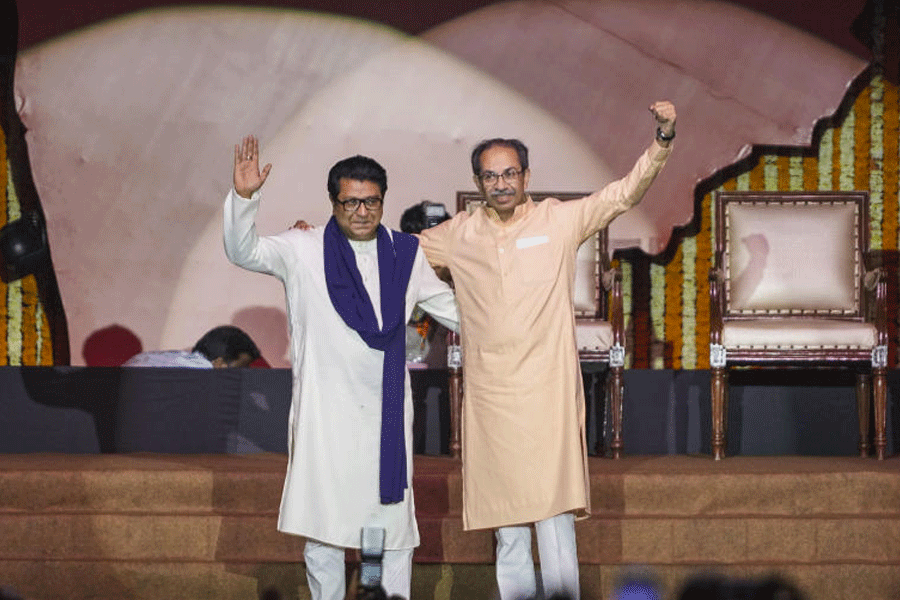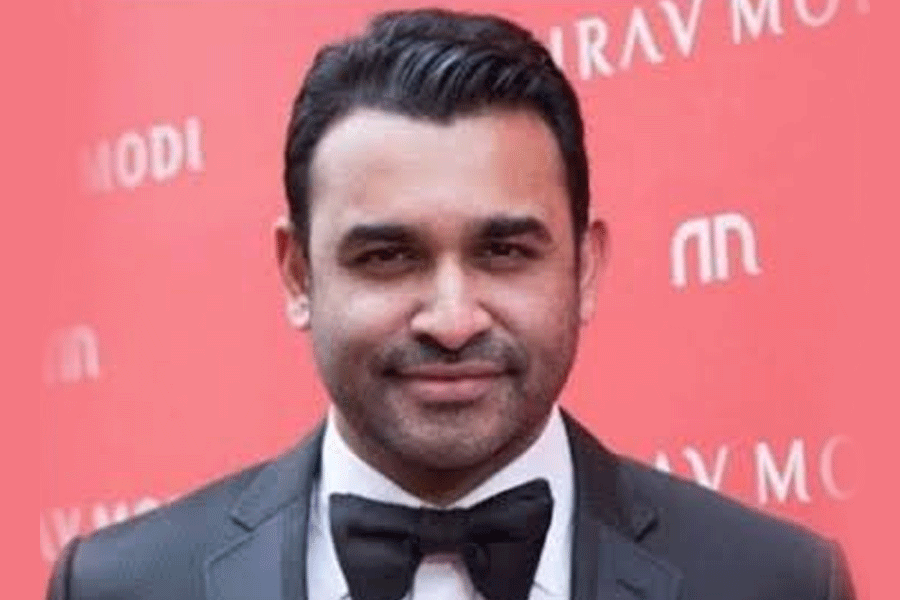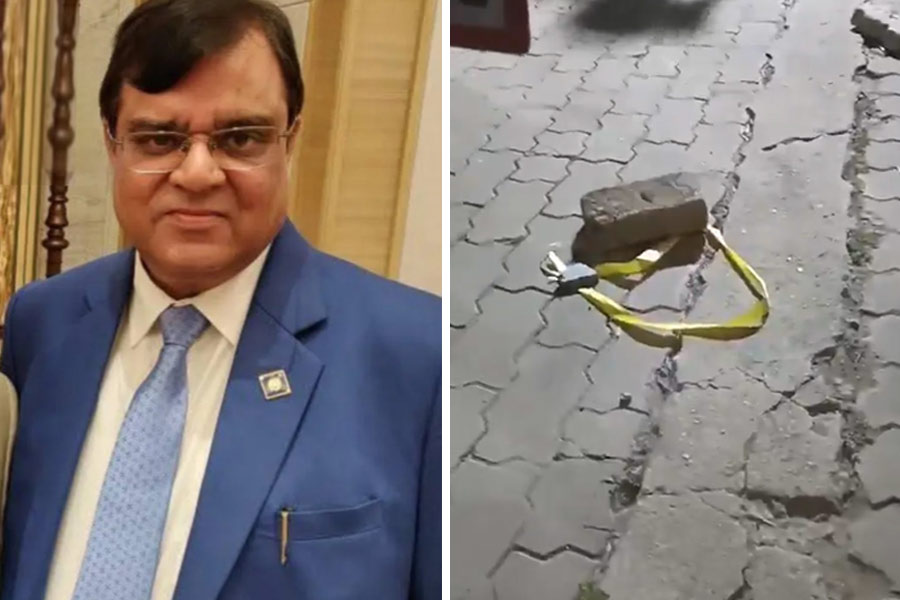 |
Perhaps the inspiration was Jonathan Livingstone Seagull. When Vijaypat Singhania set about to create a world record in a hot-air balloon last month, his sole purpose, like Richard Bach’s little gull, was probably to test the limits of how high he could go. Early on November 26 last year, the 67-year-old chairman emeritus of the Raymond group and ace aviator lifted off from Mumbai’s Mahalaxmi Race Course on his Mission Impossible 70K in a 1.6 million cubic capacity balloon. He soared through the clouds to 69,852 feet above sea level, creating history.
The much-publicised event exposed a whole new generation of aero sport lovers in India to the thrills of hot-air ballooning. “Now, there is bound to be a gush of fresh interest,” says Vishwa Bandhu Gupta, honorary secretary of the Balloon Club of India, the national sanctioning body based in New Delhi. Gupta is rolling out the red carpet for young enthusiasts. This year, ballooning clubs will dot capital cities across the country, in alliance with India’s department of tourism. Such clubs exist in New Delhi, Jaipur, Uttaranchal, Guwahati and Bangalore. Later in the year, scholarships will also be provided to deserving student pilots.
Besides, commercial balloon flights will commence soon in north India. “India is any balloonist’s paradise,” says Rajive Gupta, founding member of the Ballooning Club of India and chief executive of the New Delhi-based Bizarre Clothing Company who’s flown over the whole of India, France, Belgium, Germany and Holland. “We have enviable locales and just need to beef up our infrastructure with respect to equipment and ground retrieve crew.”
Indeed, there’s something incredibly adventurous about having the course of your travel charted by the wind as you skim above trees and rooftops on a bubble of hot air, with an open wicker basket as your only security. No two hot-air balloon flights are ever the same, so the one you take is for your eyes only. Where you land depends on the direction of the wind.
Recently, when Rajive Gupta flew from the Hilversum airfield in Holland, along with other balloonists, the giant balloon encountered a forest spread over miles. Unable to manoeuvre out before dusk, the crew force-landed on a 20-foot wide road in the middle of the forest, with barely enough space to deflate the balloon.
Hot-air balloons operate on basic principles of gravity and heat transfer. Prior to a flight, an inflator fan fills the balloon with air, which is then heated by propane burners fixed below the open envelope. As the air inside a balloon gets heated, the balloon rises. It starts descending when the air starts cooling.
There is no steering control. The balloon rides with the wind. The pilot alters the altitude to find the appropriate wind direction that will push it along the desired track.
So what does it take to be a balloonist? You have to be at least 16 years old, with a love for heights, backed by a steady disposition. The sport demands basic physical fitness as one may have to walk after landing or stand the entire duration of the flight, which could stretch between one and three hours. Got what it takes? Then enroll as an associate member of the Balloon Club of India, and train for eight to 10 weeks at a fee of Rs 30,000. This excludes the Rs 3,000 charged for a student pilot’s licence at the start of the course, and Rs 5,000 for a private pilot’s licence (PPL) in the end. The PPL entitles a balloonist to fly solo, give friends a free ride or become an instructor.
Be sure to become a member of a ballooning club. For, it provides ground retrieve crew, crucial to the take-off and landing of a balloon. Moreover, owning a balloon could set you back by several lakh of rupees. While imported balloons cost upward of Rs 25 lakh for a basic 77,000 cubic capacity model, the indigenous “ultra magic bandhu” balloon built to FAA standards by Bandhu Aerospace in Gurgaon ? the only manufacturer of state-of-the-art balloons in India ? sells for Rs 10 lakh and more. If you are still unsure, you could begin by being just a crew member at a local club. This way, you would neither need to be a pilot nor buy a balloon. As Vishwa Bandhu Gupta puts it: “Once the bug has bitten, you could go only one way ? up.”
Need to know
• Wear sturdy shoes, not sandals
• Sport cotton, flannel or woollen clothing. Nylon and other synthetic materials are a strict no-no
• Carry hat, gloves and sunglasses
• Avoid smoking or lighting a matchstick
• Don’t have caffeinated drinks
• Avoid wearing strings or arm bands.










